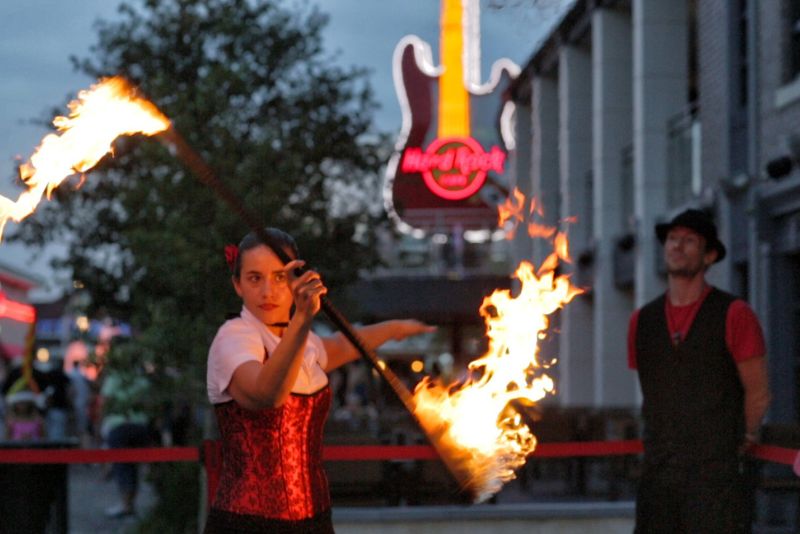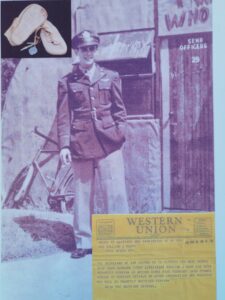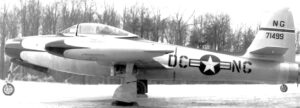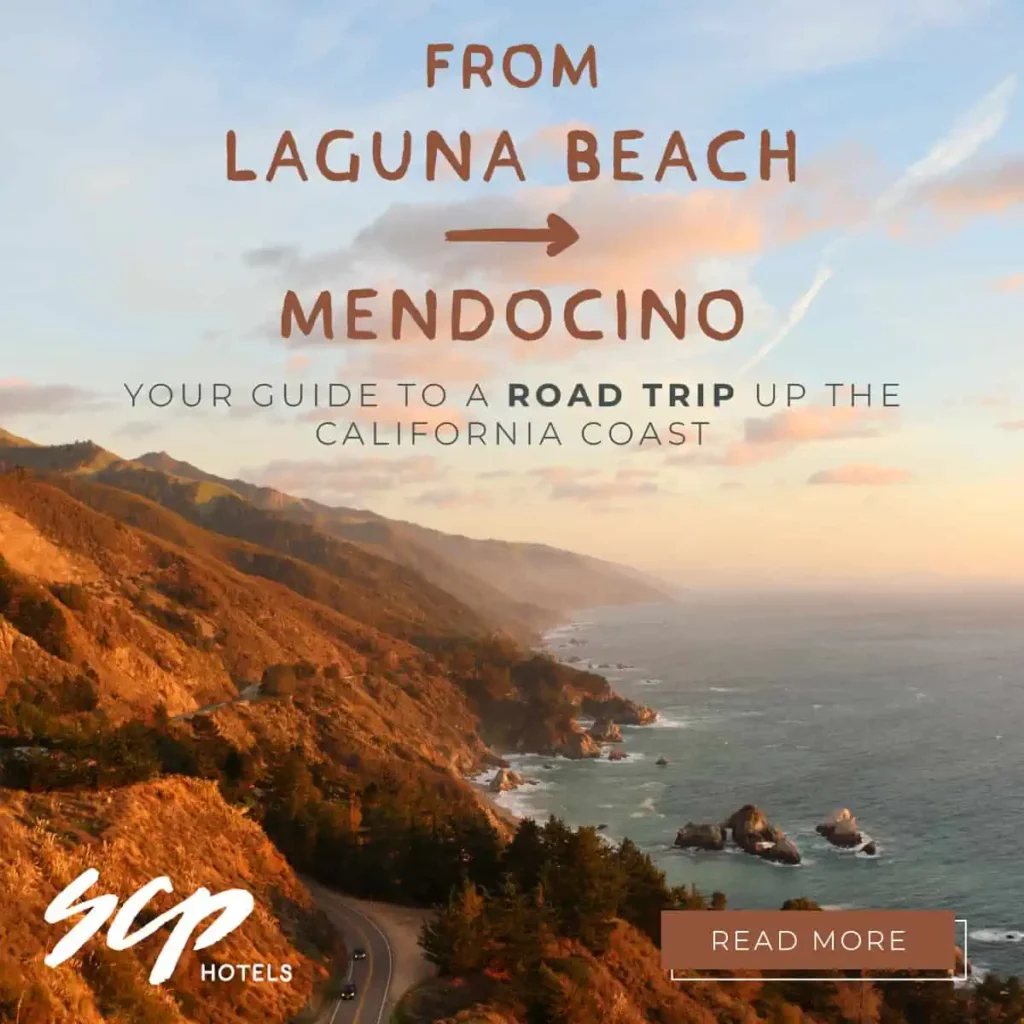Myrtle Beach in The Early Years
by Melissa LaScaleia
The 114 acres of land located within the city limits of Myrtle Beach, today known as the Market Common, has a long and interesting history.
Most people who have taken up residence there or in the Myrtle Beach area for any stretch of time, know that the Market Common used to be the site of the Myrtle Beach Air Force Base. But many don’t know of the history of this area before those important years of the 20th century.
The Waccamaw and Winyah peoples were inhabitants of the land in and around the Grand Strand before the Spanish arrived to colonize in the 1600s. And although there is a rich artifactual trail documenting their existence, very little in the way of written accounts exists to tell their story.
By the 1700s, the English were colonizing the eastern coast. Georgetown, South Carolina’s third oldest city, was founded in 1730. Surrounded by rivers and marsh, it became the center of America’s colonial rice empire.
But elsewhere along the Grand Strand, the area that is today so bustling, was sparsely dotted with plantations or uninhabited.
By 1735, in an attempt to encourage settlers to move into the uninhabited areas, the American colonial government began issuing land grants. One of the families, the Withers, received a tract of land around present-day Wither’s Swash.
Additionally, settlers from the Waccamaw Neck, north of Georgetown and just south of Myrtle Beach, began to extend their plantations. Independent farmers and fishermen began to move into the area, with nuclear families to work and manage their self-contained homesteads.
Even once the colonies gained independence, the area remained largely unchanged. George Washington traveled down the King’s Highway, and spent the night at Windy Hill, today part of North Myrtle Beach.
Fast forward 100 years or so, and the area still had very little economy and even less infrastructure— leaving the coastline largely uninhabited.
By the mid 19th century, the area’s largest industries were naval stores and timber. One plan for the area was to use the surrounding forests to build a railroad. As the economic landscape shifted, many farmers could no longer afford to pay their taxes, and sold their property to the timber and turpentine dealers.
One such dealer, the Burroughs and Collins firm, acquired large tracts of land along the coast from these farmers, as well as from the Withers family. And at the turn of the century, the company began developing the area as a resort town.
Franklin Burroughs envisioned turning the area into a tourist destination that would rival Florida and the Northeastern states. The Seaside Inn, the beach’s first hotel, was built in 1901.
The new outpost was simply referred to as New Town, but the fledgling community was up for a new name.
A local publication sponsored a contest to give the area an official name, and invited submissions. Mrs. Burroughs won, with her suggestion of Myrtle Beach, in honor of the wax myrtle shrub that grew in abundance throughout the area.
In 1912, Simeon B. Chapin, a northern financier, met with the Burroughs family. Together they formed a new partnership— the Myrtle Beach Farms Company, and came to influence the area significantly with their projects for development.
In 1937, the Myrtle Beach Municipal Airport was built and named after the mayor at the time, W. L. Harrelson, in honor of his support of the project. In 1938, Myrtle Beach was incorporated as a town.
The United States Army Air Corps took over the airport in 1940 and converted it into a military base. Plans for redevelopment of the area were underway soon after the base closed in 1993, and the Market Common, as the picturesque work-live-play area was named, became a beloved addition to the many communities of the Grand Strand.




















